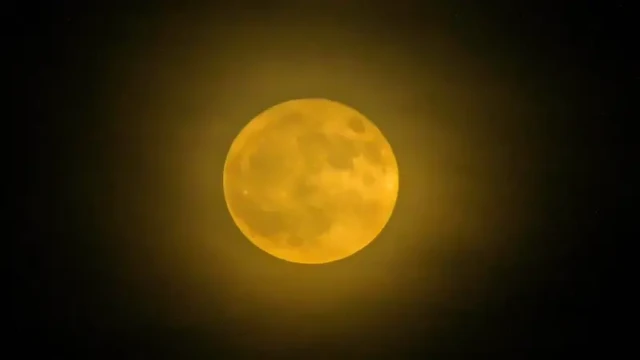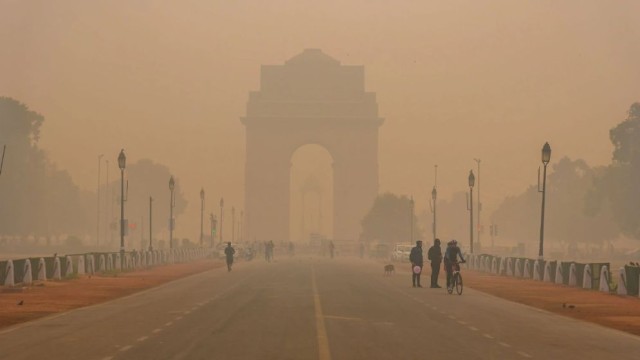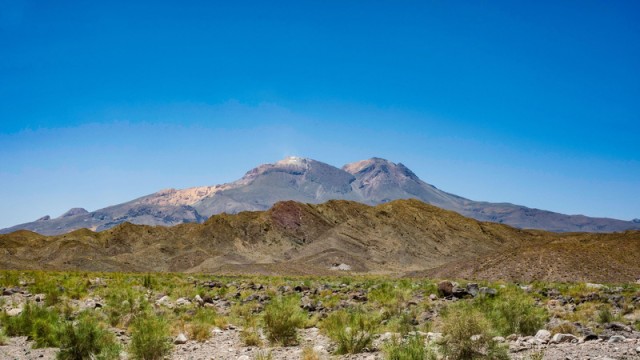August 11 (V7N) — Although August’s full moon — traditionally known as the Sturgeon Moon — has officially reached its peak, skywatchers still have a chance to witness its near-full glow before it begins to wane. The lunar event, which peaked over the weekend, remains visible for a short time, offering a final opportunity to view August’s brightest moon phase.
Named by Indigenous North American tribes after the sturgeon fish, which were more readily caught during this time of year in the Great Lakes and other bodies of water, the Sturgeon Moon typically marks a significant point in the lunar calendar. It is one of the most anticipated full moons of summer due to its brightness and seasonal symbolism.
For those who missed the peak on Saturday night, the moon will still appear nearly full for a couple of evenings. Its illumination remains strong enough to cast visible shadows and create beautiful conditions for night sky photography, stargazing, or simply enjoying the moonlit atmosphere.
With just four full moons remaining in 2025 — in September, October, November, and December — some lunar enthusiasts are making extra efforts to observe each one. Astronomers note that while the moon technically peaks for only a brief period, the full moon phase appears full to the naked eye for about three nights, making it accessible to more viewers.
This month’s Sturgeon Moon also holds significance in various cultural and spiritual traditions, where it symbolizes strength, perseverance, and the preparation for seasonal transition. Its presence in mid-August often aligns with harvest cycles, marking the beginning of late summer across the Northern Hemisphere.
Astronomers encourage observers to take advantage of clear skies, particularly just after sunset or during moonrise, to catch the best views. Urban dwellers are advised to seek out parks or higher ground away from artificial light for a clearer sightline.
The next full moon is expected to appear in early September and will be known as the Harvest Moon, coinciding with the traditional crop gathering season in many cultures.
For now, though, there’s still time to enjoy the glow of August’s celestial highlight before it fades back into shadow.
END/WD/SMA/






























Comment: